Home>Garden Essentials>Garden Plants>Where Is Red Creeping Thyme Native To?
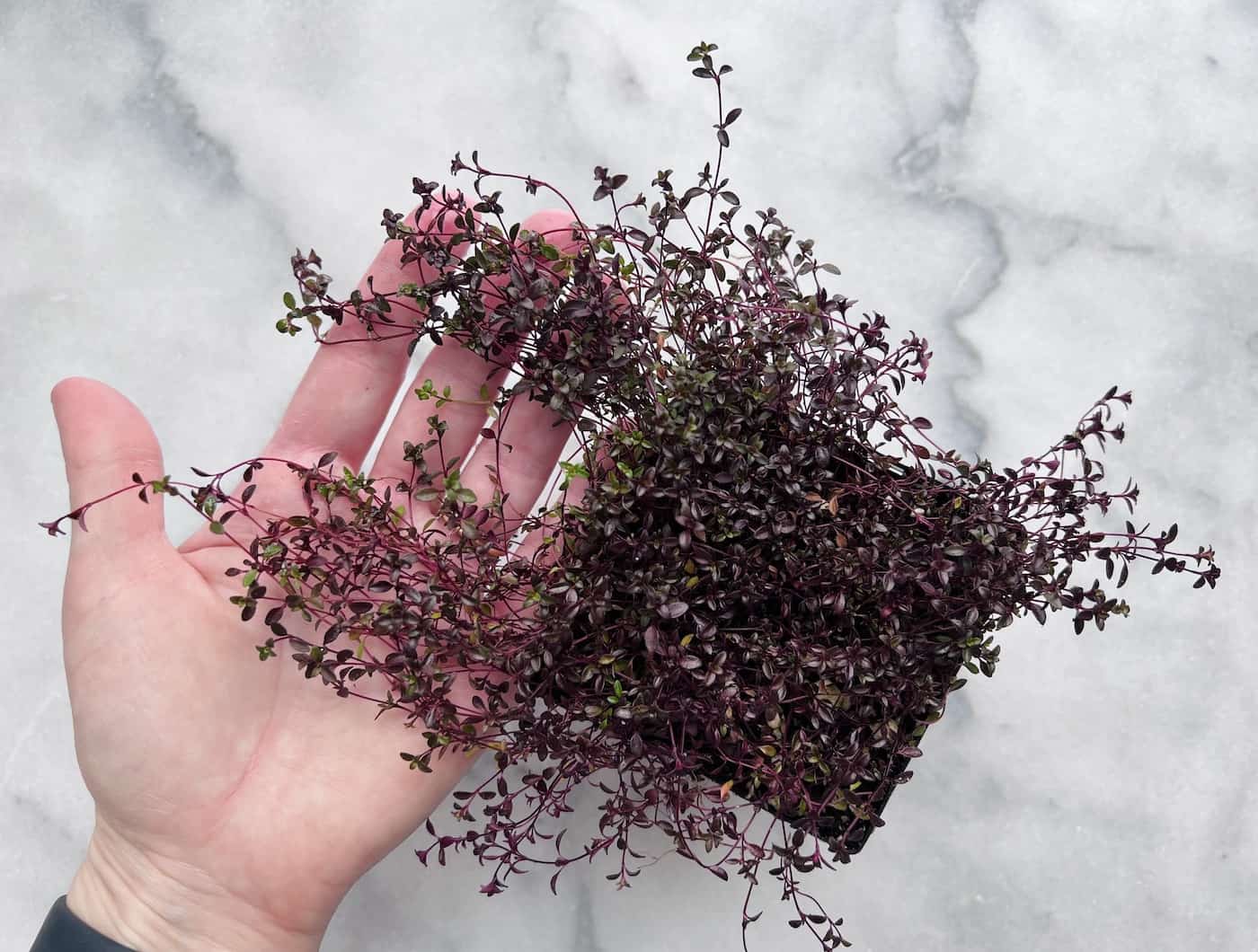

Garden Plants
Where Is Red Creeping Thyme Native To?
Modified: December 7, 2023
Discover where red creeping thyme, one of the most popular plants, is native to and how it can thrive in various climates and garden settings.
(Many of the links in this article redirect to a specific reviewed product. Your purchase of these products through affiliate links helps to generate commission for Storables.com, at no extra cost. Learn more)
Introduction
Welcome to the fascinating world of red creeping thyme! If you’re a plant enthusiast or simply looking to add a touch of beauty to your garden, you’ve come to the right place. Red creeping thyme, scientifically known as Thymus serpyllum coccineus, is a low-growing, evergreen perennial herb that belongs to the mint family.
Known for its vibrant red flowers and aromatic foliage, red creeping thyme has become a popular choice among gardeners all over the world. Its ability to adapt to various climatic conditions and its versatility in landscaping make it a valuable addition to any garden.
In this article, we will explore the native range of red creeping thyme, how to grow it in different climates, the benefits and uses of this beautiful herb, as well as essential care tips to keep it thriving. So, let’s dive in and discover the wonders of red creeping thyme!
Key Takeaways:
- Red creeping thyme, native to the Mediterranean, thrives in hot, dry summers and cool, wet winters. Its adaptability and low maintenance make it a versatile addition to gardens worldwide.
- Beyond its ornamental beauty, red creeping thyme offers practical benefits such as attracting pollinators, culinary uses, and medicinal properties. Its vibrant blooms and aromatic foliage make it a standout herb in any garden.
Read more: Where Does Red Creeping Thyme Grow
What is Red Creeping Thyme?
Red creeping thyme, also known as coccineus thyme or creeping thyme, is a perennial herb that is native to the Mediterranean region. This herb is renowned for its low-growing, spreading habit and its beautiful red flowers that bloom from late spring to early summer.
Red creeping thyme features small, fragrant leaves that are green-gray in color, creating an attractive carpet-like groundcover. The flowers, which can vary in shade from deep red to pink, attract pollinators such as bees and butterflies, adding an element of wildlife to your garden.
Due to its creeping nature, red creeping thyme is widely used as a groundcover in gardens, rockeries, and between paving stones. Its ability to withstand foot traffic makes it an excellent choice for pathways and areas with light to moderate footfall.
One of the significant advantages of red creeping thyme is its low maintenance requirements. It is a drought-tolerant plant that thrives in well-drained soil and full sun exposure. Once established, it can withstand dry spells and still maintain its health and vibrancy.
The aromatic foliage of red creeping thyme releases a pleasant scent when brushed or stepped on, adding another sensory element to your garden. In addition to its ornamental appeal and fragrance, red creeping thyme has various practical uses as well.
This herb is known for its culinary uses. Its leaves, which possess a slightly minty flavor, can be used fresh or dried to add a unique taste to various dishes. Red creeping thyme can be incorporated into marinades, soups, stews, and even used as a herbaceous garnish.
Beyond its culinary applications, red creeping thyme has also been used medicinally for centuries. It contains essential oils that have antiseptic, antifungal, and antiviral properties. This makes red creeping thyme an ingredient in natural remedies for respiratory ailments, digestive issues, and even as an insect repellent.
With its beauty, versatility, and practical applications, red creeping thyme is a prized addition to any garden. Whether you’re a novice gardener or an expert horticulturist, this herb is sure to enhance the aesthetic appeal and functionality of your outdoor space.
Native Range of Red Creeping Thyme
The native range of red creeping thyme is predominantly in the Mediterranean region, including Southern Europe, North Africa, and parts of the Middle East. It is naturally found in countries such as Spain, Portugal, Italy, Greece, Turkey, Morocco, Algeria, Tunisia, and Lebanon.
Being native to these regions, red creeping thyme has adapted to the specific climate and environmental conditions found in the Mediterranean. It thrives in areas with mild, temperate climates and prefers well-drained soil and full sun exposure.
These regions experience hot, dry summers and cool, wet winters, which are ideal conditions for the growth of red creeping thyme. The combination of abundant sunlight, low humidity, and good air circulation allows the plant to flourish.
Red creeping thyme has evolved to withstand the harsh Mediterranean climate, including periods of drought and intense heat. Its deep-rooting system enables it to access moisture from the soil, making it more resilient during hot, dry summers.
In its native range, red creeping thyme can be found growing in various habitats, including rocky slopes, dry meadows, and coastal areas. It has adapted well to these different environments and can thrive in a range of soil types, including sandy, loamy, and rocky soils.
Due to its ability to tolerate poor soil conditions, red creeping thyme is often seen growing in areas with limited nutrients. This makes it a valuable plant for stabilizing slopes and preventing soil erosion.
Outside of its native range, red creeping thyme has been successfully introduced and cultivated in many other regions around the world. It has been widely embraced for its ornamental value and versatile uses in landscaping.
Whether you live in a Mediterranean-type climate or not, you can still incorporate red creeping thyme into your garden. With the right care and consideration for its preferred growing conditions, this herb can thrive and add a touch of Mediterranean elegance to your outdoor space.
Growing Red Creeping Thyme in Different Climates
While red creeping thyme is native to Mediterranean regions, it is also possible to grow this versatile herb in various climates around the world. With a little extra care and attention, you can enjoy the beauty and benefits of red creeping thyme regardless of your location.
If you live in a Mediterranean or similar climate, you’re in luck! Red creeping thyme thrives in regions with hot, dry summers and cool, wet winters. It is best suited to USDA hardiness zones 4-9, where temperatures range from -30°F (-34°C) to 20°F (-7°C).
In these climates, red creeping thyme can be grown as a perennial, meaning it will come back year after year. Plant it in a sunny spot with well-draining soil, and be sure to water regularly during the summer months to help it withstand the heat.
If you live in a colder climate where winters are particularly harsh, you can still enjoy red creeping thyme as an annual. Simply plant it in the spring and enjoy its vibrant blooms throughout the summer. In this case, it is recommended to grow red creeping thyme in containers that can be brought indoors during the winter months.
For those in regions with hot and humid climates, red creeping thyme can still be grown successfully. However, it may require some additional care to prevent heat stress and maintain healthy growth. Provide afternoon shade to protect the plant from excessive heat, and ensure that the soil remains well-drained to prevent root rot.
In areas with heavy rainfall or high humidity, it is essential to monitor the moisture levels of the soil to avoid overwatering. Red creeping thyme is susceptible to root and stem rot if the soil remains consistently wet. Consider planting it in raised beds or on slopes to improve drainage.
When planting red creeping thyme, it is important to space the plants properly to allow for adequate airflow and prevent the risk of disease. Aim for a spacing of about 6-8 inches (15-20 cm) between each plant to provide room for growth and airflow.
Overall, red creeping thyme is a versatile herb that can adapt to various climates with the right care and consideration. By understanding your specific climate and providing the necessary conditions for its growth, you can enjoy the beauty and benefits of this herb in your garden, no matter where you are located.
Red creeping thyme is native to the western Mediterranean region, including countries like Spain, Portugal, and Italy. It thrives in dry, rocky, and well-drained soil.
Benefits and Uses of Red Creeping Thyme
Red creeping thyme offers a multitude of benefits and has a wide range of practical uses beyond its ornamental appeal. Whether you are a gardener, a cook, or someone interested in natural remedies, red creeping thyme is a valuable addition to your garden. Let’s explore some of its benefits and various uses:
1. Ornamental Beauty: With its vibrant red flowers and low-growing, spreading habit, red creeping thyme adds a splash of color and texture to any garden. It can be used as a groundcover, between paving stones, or as edging along garden beds to create an eye-catching display.
2. Attracts Pollinators: The flowers of red creeping thyme are a magnet for bees and butterflies. By planting this herb in your garden, you will help support pollinators and encourage a healthy ecosystem.
3. Fragrant Foliage: When the leaves of red creeping thyme are bruised or stepped on, they release a delightful aroma. This fragrance not only adds a sensory pleasure to your garden but also acts as a natural deterrent for certain pests.
4. Culinary Uses: Red creeping thyme leaves have a slightly minty flavor and can be used fresh or dried in various dishes. It is often used to season meat marinades, soups, stews, and vegetable dishes. It can also be used as a flavorful garnish.
5. Medicinal Properties: Red creeping thyme contains essential oils, including thymol, which possesses antiseptic, antifungal, and antiviral properties. It has been used in natural remedies for respiratory conditions, digestive issues, and as an insect repellent.
6. Carpet-like Groundcover: Due to its spreading nature, red creeping thyme forms a dense mat of foliage that helps suppress weeds and prevent soil erosion. It makes an excellent groundcover choice for areas with low to moderate foot traffic.
7. Drought Tolerance: Red creeping thyme is a hardy plant that can tolerate periods of drought once established. It is a water-efficient choice for gardens in arid or water-restricted regions.
8. Soil Improvement: As a low-maintenance groundcover, red creeping thyme can help improve soil quality by adding organic matter and enhancing soil structure.
9. Aesthetic Value in Landscaping: With its ability to grow between pavers and in rock gardens, red creeping thyme adds a unique and visually appealing element to landscaping projects.
10. Easy to Grow and Maintain: Red creeping thyme is a low-maintenance plant that requires minimal care once established. It is a great choice for beginners or those with limited time for garden upkeep.
With its beauty, versatility, and various practical uses, red creeping thyme is truly a remarkable herb. Whether you are seeking an attractive groundcover, a flavorful addition to your meals, or a natural remedy for common ailments, red creeping thyme has much to offer.
Read more: Where To Buy Red Creeping Thyme Seeds
Caring for Red Creeping Thyme
Red creeping thyme is a relatively low-maintenance plant, making it an excellent choice for both experienced and novice gardeners. By following a few simple care guidelines, you can ensure that your red creeping thyme thrives and remains healthy. Here are some essential care tips:
1. Sunlight: Red creeping thyme thrives in full sun, receiving at least 6 hours of direct sunlight per day. Ensure that you plant it in a location that gets ample sunlight to promote healthy growth and abundant flowering.
2. Soil: Well-drained soil is crucial for the success of red creeping thyme. It prefers slightly alkaline to neutral soil, with a pH level between 6.0 and 8.0. Amend heavy clay or compacted soil with organic matter, such as compost or well-rotted manure, to improve drainage.
3. Watering: Red creeping thyme is drought-tolerant once established, but it still requires regular watering, especially during dry spells. Water deeply but infrequently to encourage the development of a robust root system. Allow the soil to dry out between waterings to prevent overwatering and root rot.
4. Fertilization: Red creeping thyme generally does not require heavy fertilization. A light application of a balanced, slow-release fertilizer in the spring can provide the necessary nutrients for healthy growth. Avoid over-fertilizing, as it may lead to excessive foliage growth at the expense of flower production.
5. Pruning: Regular pruning helps maintain the compact, mounded shape of red creeping thyme and promotes vigorous growth. Trim back any dead or damaged foliage, and prune back the plant in early spring to encourage new growth and enhance its overall appearance.
6. Dividing: Over time, red creeping thyme can become crowded and benefit from division. Every few years, you can dig up the plant and divide it into smaller sections. This allows for healthier growth, improves air circulation, and helps prevent disease.
7. Weed Control: Red creeping thyme forms a dense mat of foliage, which helps suppress weed growth. Nevertheless, it’s important to keep an eye out for weeds and remove them promptly to prevent them from competing with the thyme for resources.
8. Pest and Disease Management: Red creeping thyme is generally resistant to pests and diseases. However, occasional issues such as aphid infestations or powdery mildew may occur. Monitor your plants regularly and take appropriate measures, such as using insecticidal soap or organic fungicides, if necessary.
9. Winter Care: In regions with cold winters, mulch around the base of red creeping thyme plants in late fall to provide a layer of insulation. This helps protect the roots from freezing temperatures. If grown in containers, bring them indoors or to a sheltered area during the winter months.
By following these care guidelines, you can ensure that your red creeping thyme remains healthy, vibrant, and a delightful addition to your garden. With a little attention and care, you will be rewarded with a beautiful, well-maintained plant that brings joy year after year.
Common Varieties of Red Creeping Thyme
Red creeping thyme, or Thymus serpyllum coccineus, is a popular choice among gardeners for its vibrant red flowers and low-growing habit. There are several common varieties of red creeping thyme, each with its unique characteristics. Let’s explore some of the most popular ones:
1. Coccineus Thyme: This is the classic red creeping thyme variety, known for its deep red flowers and aromatic foliage. It forms a dense carpet-like mat and is excellent for use as groundcover or in rock gardens.
2. Elfin Thyme: Elfin thyme is a compact variety that reaches a height of only 2-3 inches (5-7.5 cm). It features small, glossy leaves and delicate pale pink flowers. Elfin thyme is well-suited for small containers, rockeries, or as an edging plant.
3. Albiflorus Thyme: While not a red variety, albiflorus thyme deserves mention for its unique white flowers that contrast beautifully with the green-gray foliage. It still retains the creeping habit and is a stunning addition to rock gardens or as a backdrop in floral arrangements.
4. Red Mother-of-Thyme: This variety produces an abundance of dark pink flowers and has a spreading habit. It is particularly useful for filling in gaps between paving stones or as a groundcover in sunny areas.
5. Red Creeping Carpet Thyme: This variety is similar to coccineus thyme but with a broader, more vigorous growth habit. It has slightly larger flowers and forms an attractive carpet-like mat that can quickly fill in larger spaces.
6. Redstart Thyme: Redstart thyme is a compact variety with lush green foliage and deep red flowers. It is heat tolerant and can be grown in containers or used as a colorful border plant.
These are just a few examples of the many varieties of red creeping thyme available. Each variety offers its unique characteristics, including flower color variations, growth habits, and foliage appearance. When selecting the right variety for your garden, consider factors such as climate, available space, and intended use.
Regardless of the specific variety you choose, red creeping thyme will undoubtedly add a vibrant, low-growing element to your garden. Its versatility, ease of care, and stunning visual impact make it a popular choice among gardeners of all levels of experience.
Conclusion
Red creeping thyme, with its vibrant red flowers, aromatic foliage, and low-growing habit, is a marvelous herb that brings beauty and practicality to any garden. Whether you’re a seasoned gardener or a novice, this herb offers a host of benefits and uses that make it a valuable addition to your outdoor space.
Native to the Mediterranean region, red creeping thyme thrives in climates with hot, dry summers and cool, wet winters. However, with proper care and consideration, it can be grown successfully in various climates around the world. Its adaptability, low maintenance requirements, and ability to tolerate drought make it a versatile choice for any gardener.
Red creeping thyme offers numerous benefits beyond its ornamental value. Its aromatic foliage adds a delightful fragrance to the garden, while its flowers attract pollinators and contribute to a thriving ecosystem. In the kitchen, red creeping thyme adds a unique flavor to various dishes and can be used fresh or dried. Additionally, its medicinal properties and soil-improving qualities make it a valuable herb for natural remedies and landscaping projects.
Caring for red creeping thyme is relatively straightforward. It requires full sun, well-drained soil, and regular watering. Pruning and dividing the plant help maintain its shape and promote healthy growth. With proper care, red creeping thyme will reward you with its vibrant blooms and attractive foliage year after year.
Among the common varieties of red creeping thyme, you have options to choose from based on your preferences, available space, and climate. From classic coccineus thyme to compact elfin thyme, each variety offers its unique characteristics that add to the beauty and versatility of this herb.
In conclusion, red creeping thyme is a versatile and beautiful herb that can enhance the aesthetic appeal of your garden while providing practical benefits. Its ability to adapt to different climates, low maintenance requirements, and various uses make it a valuable addition to any gardener’s repertoire.
So, whether you’re looking to create a vibrant groundcover, add flavor to your culinary creations, or utilize its medicinal properties, consider incorporating red creeping thyme into your garden. Its charm, versatility, and natural beauty will undoubtedly make it a standout feature in your outdoor space.
Frequently Asked Questions about Where Is Red Creeping Thyme Native To?
Was this page helpful?
At Storables.com, we guarantee accurate and reliable information. Our content, validated by Expert Board Contributors, is crafted following stringent Editorial Policies. We're committed to providing you with well-researched, expert-backed insights for all your informational needs.
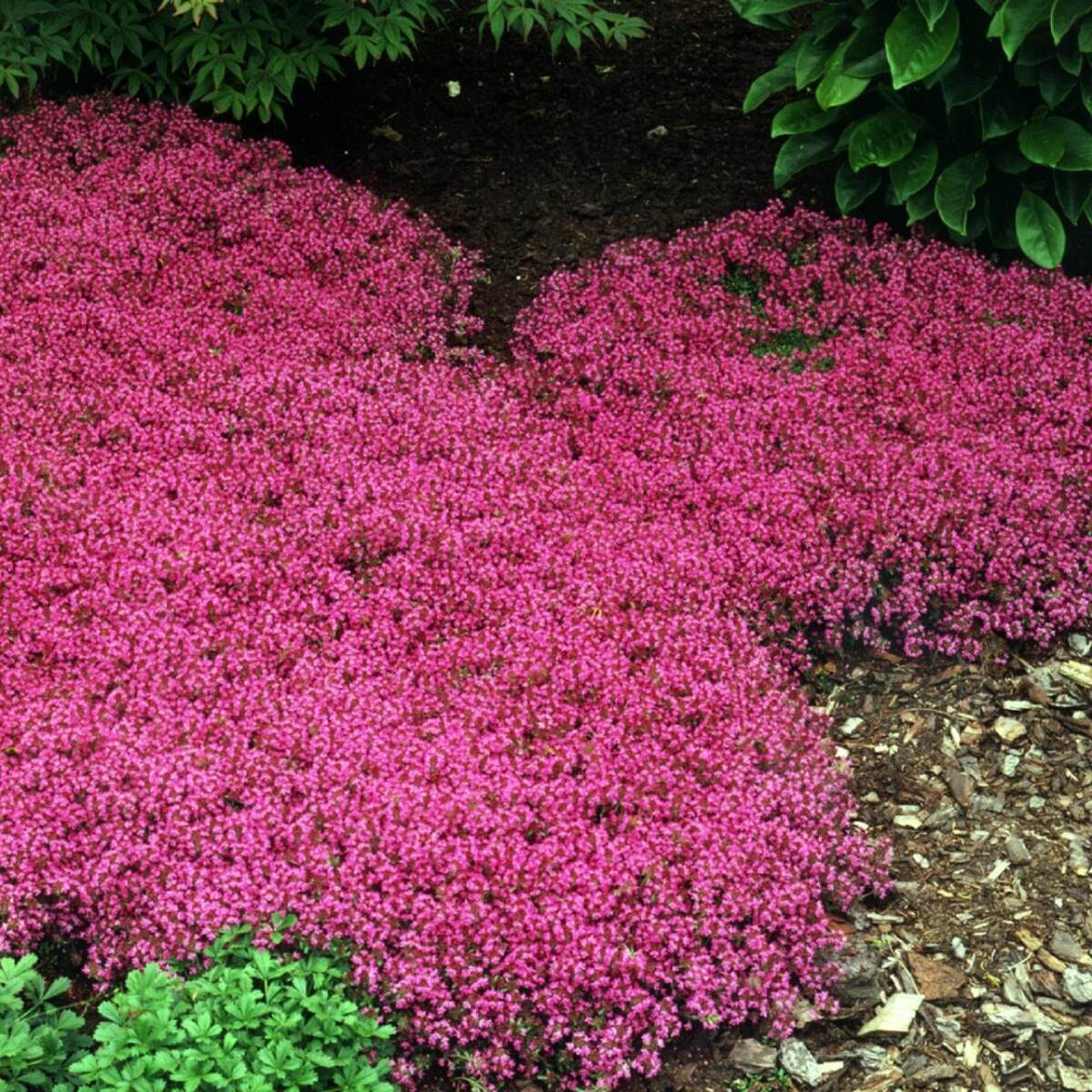
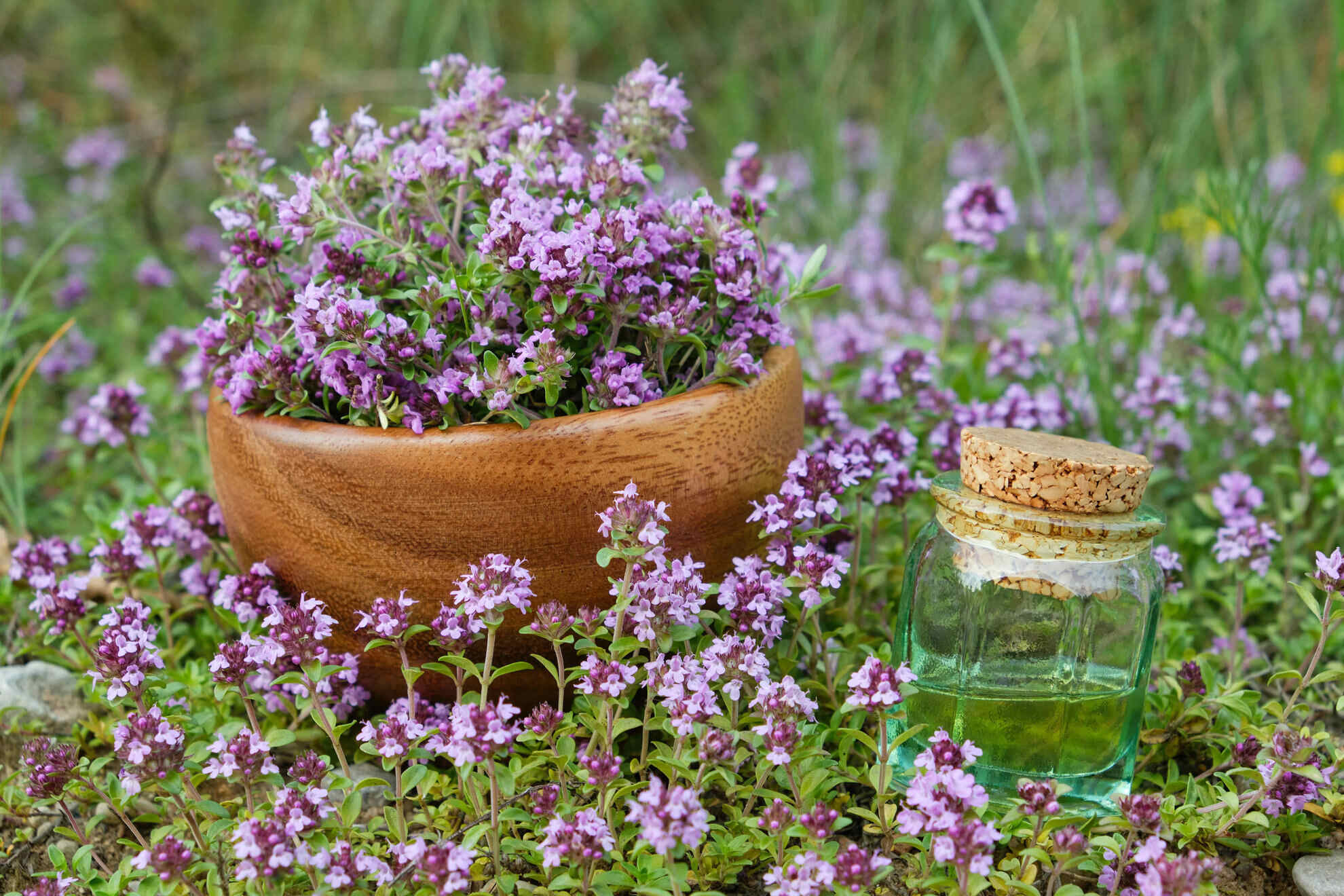
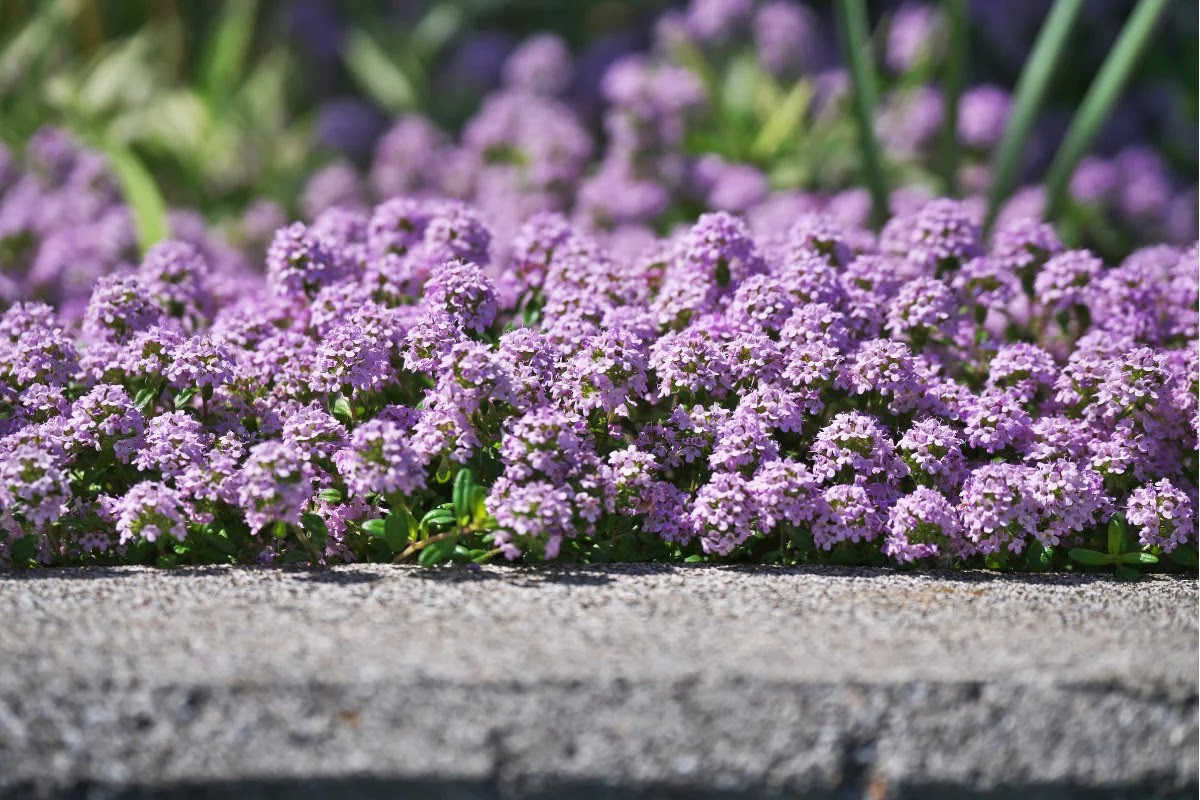
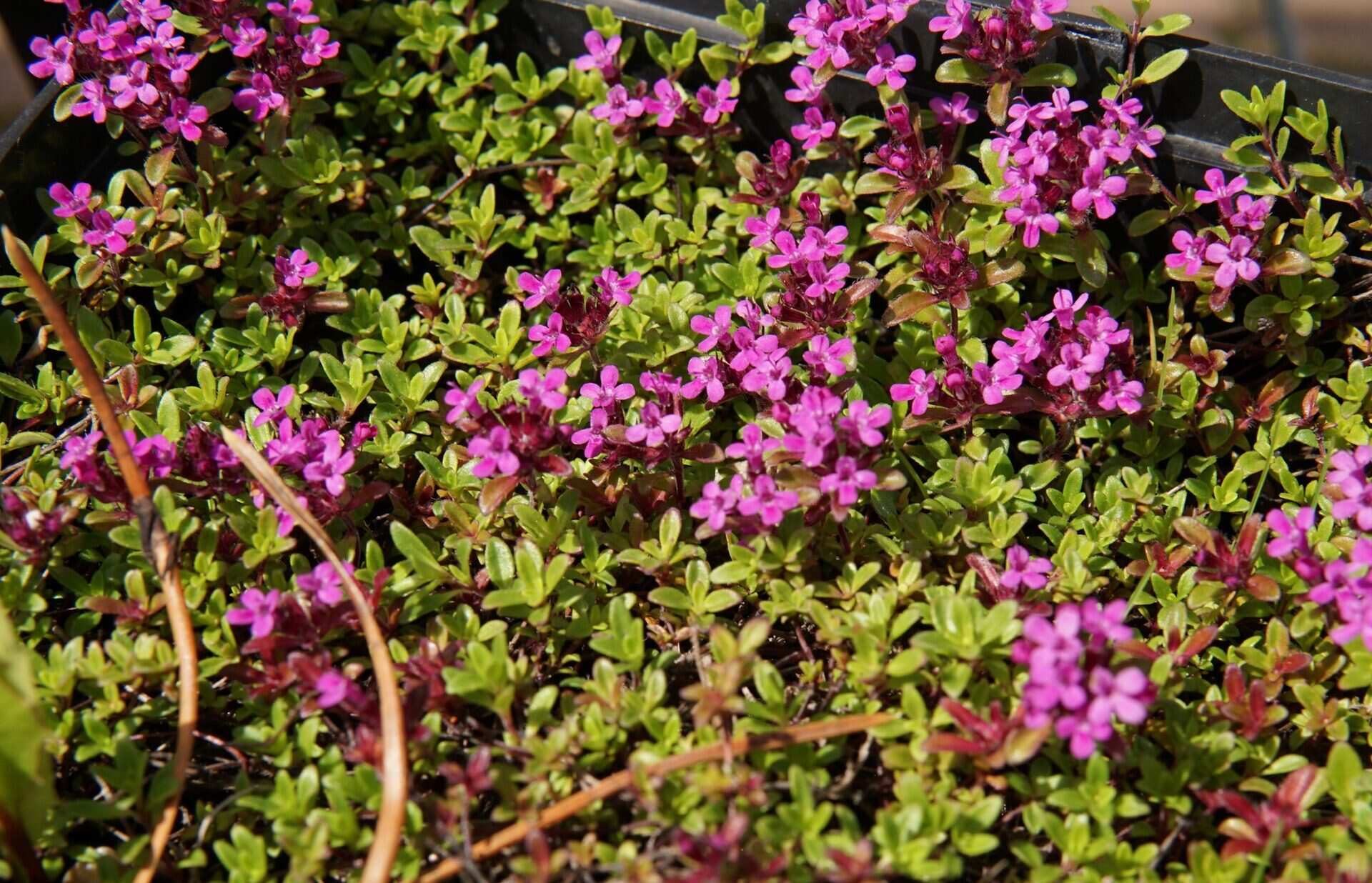
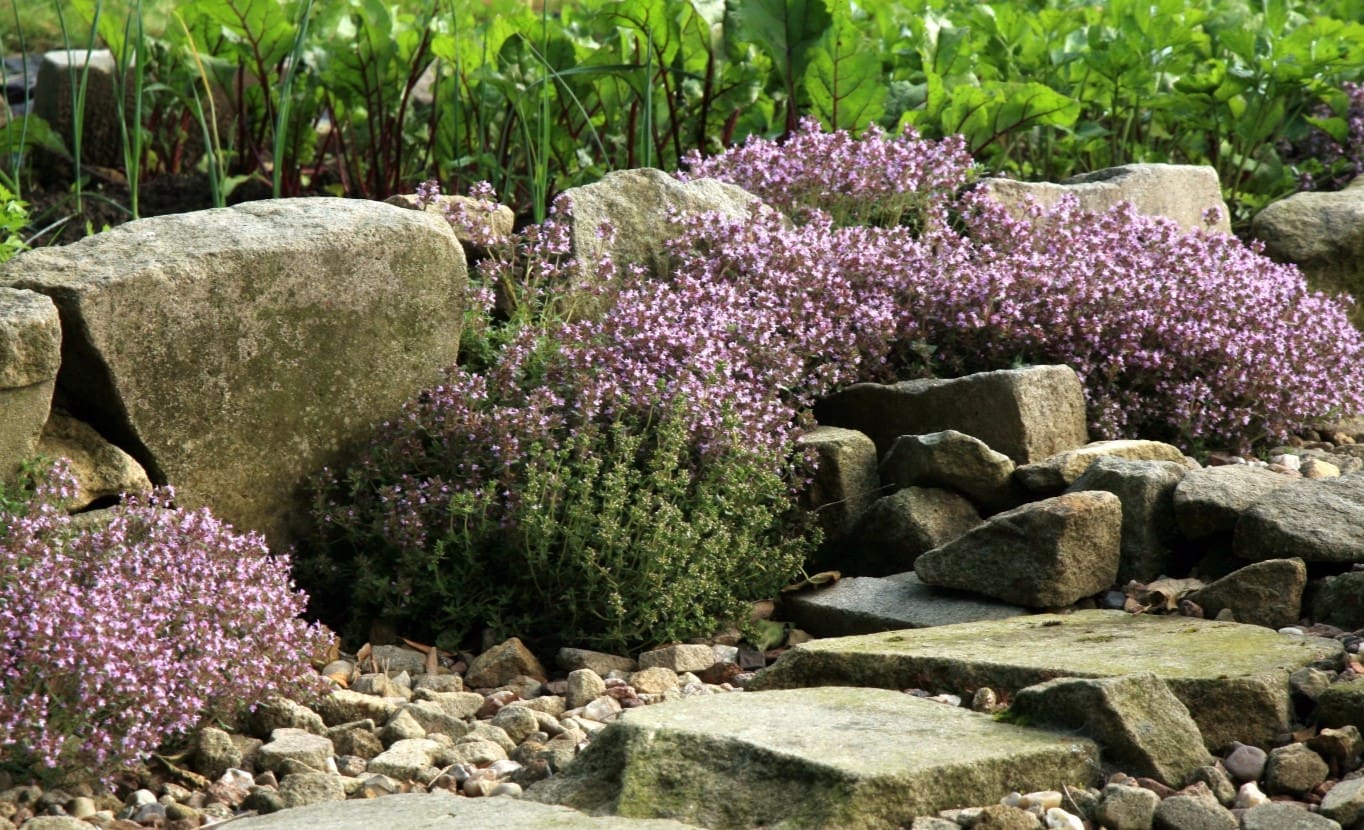
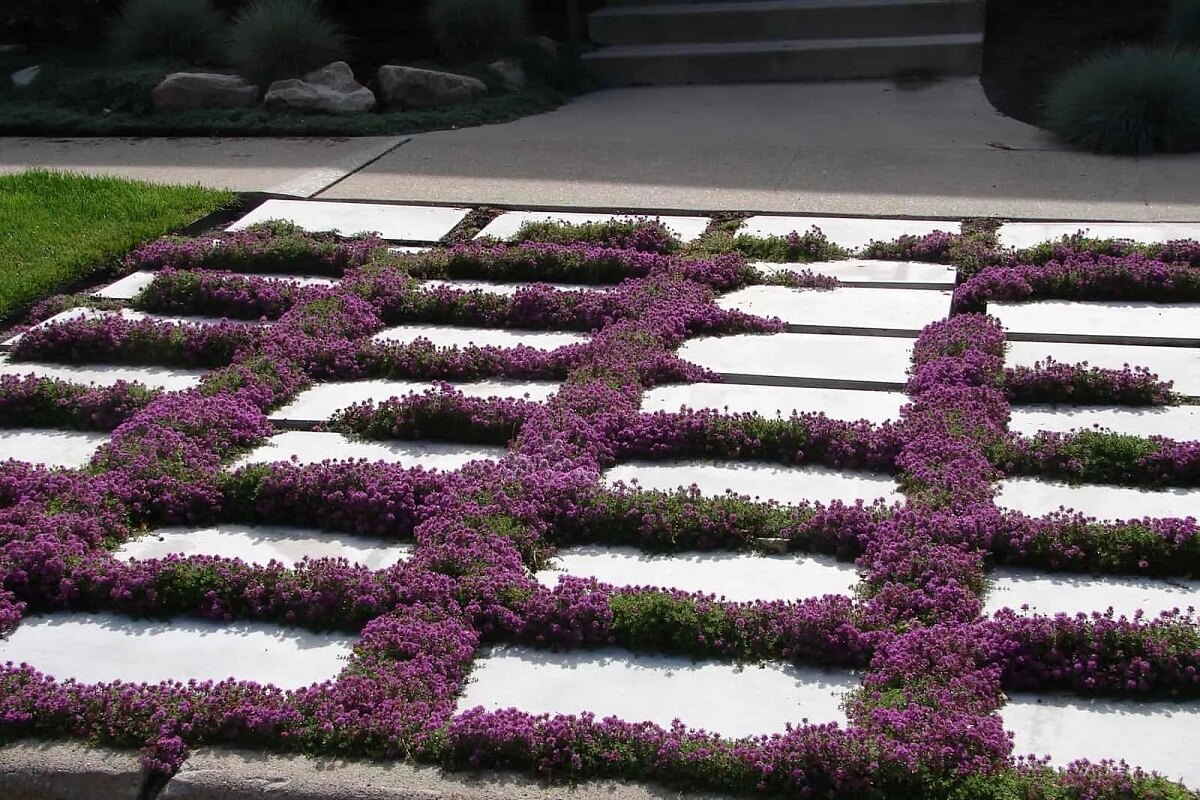
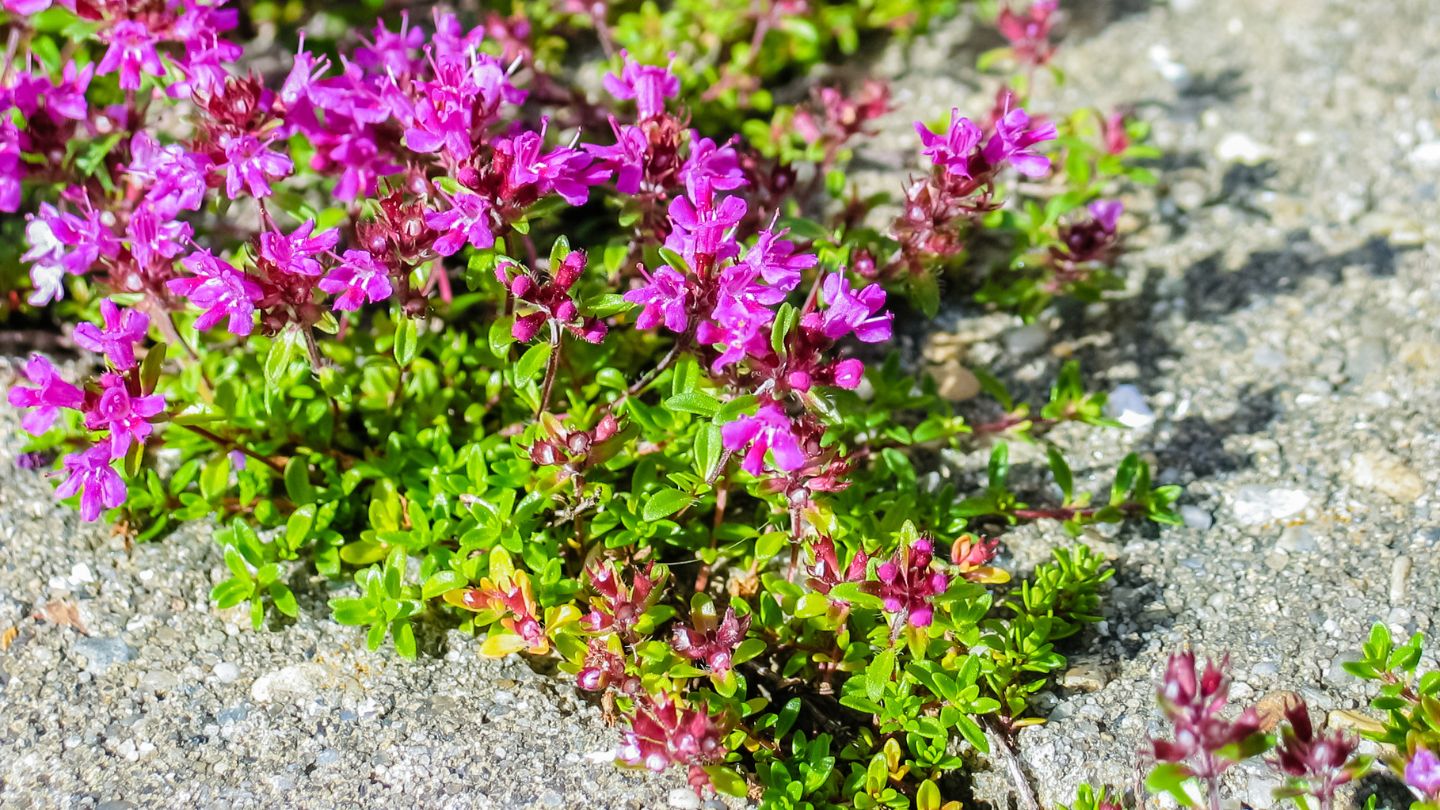
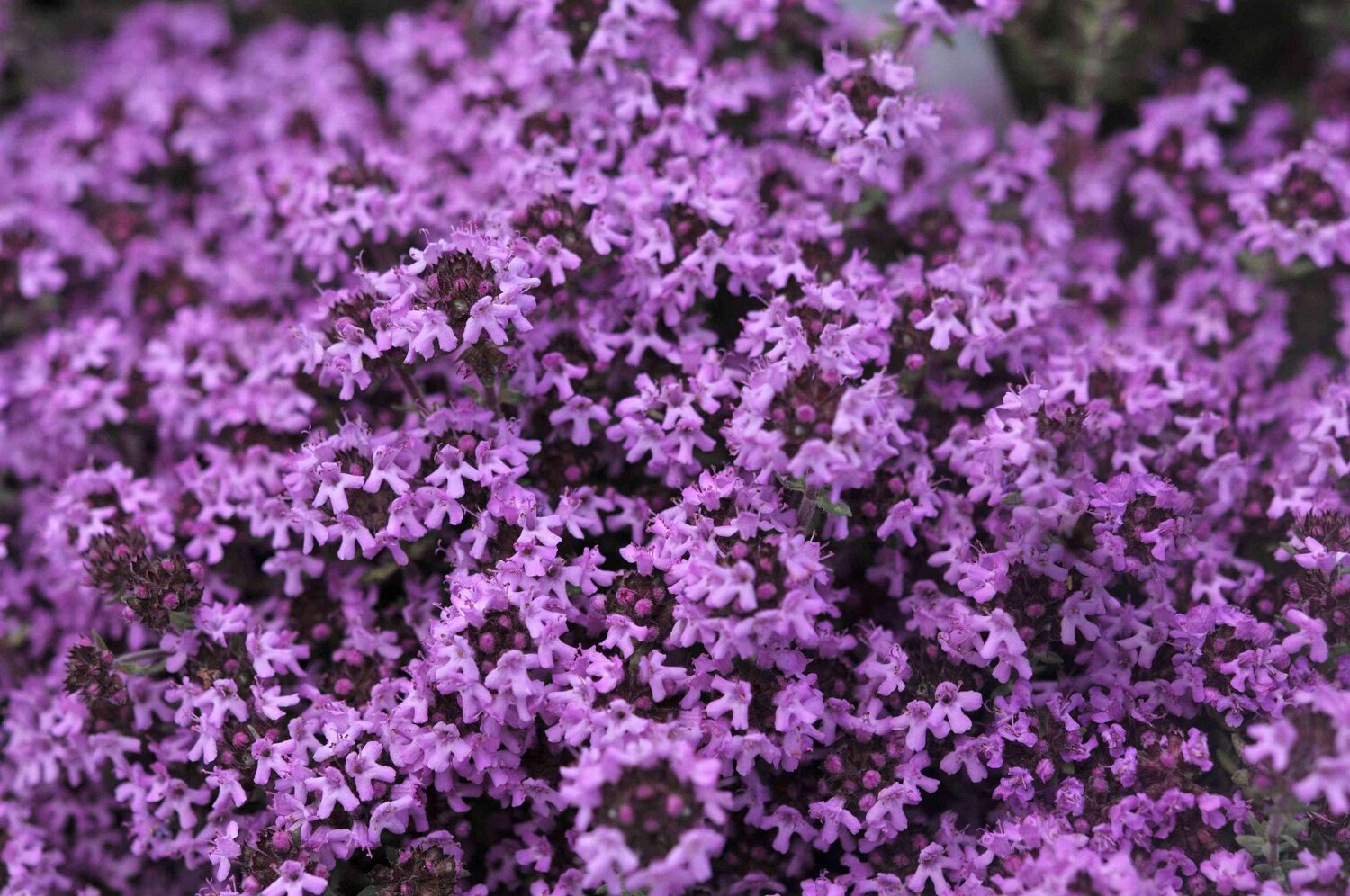
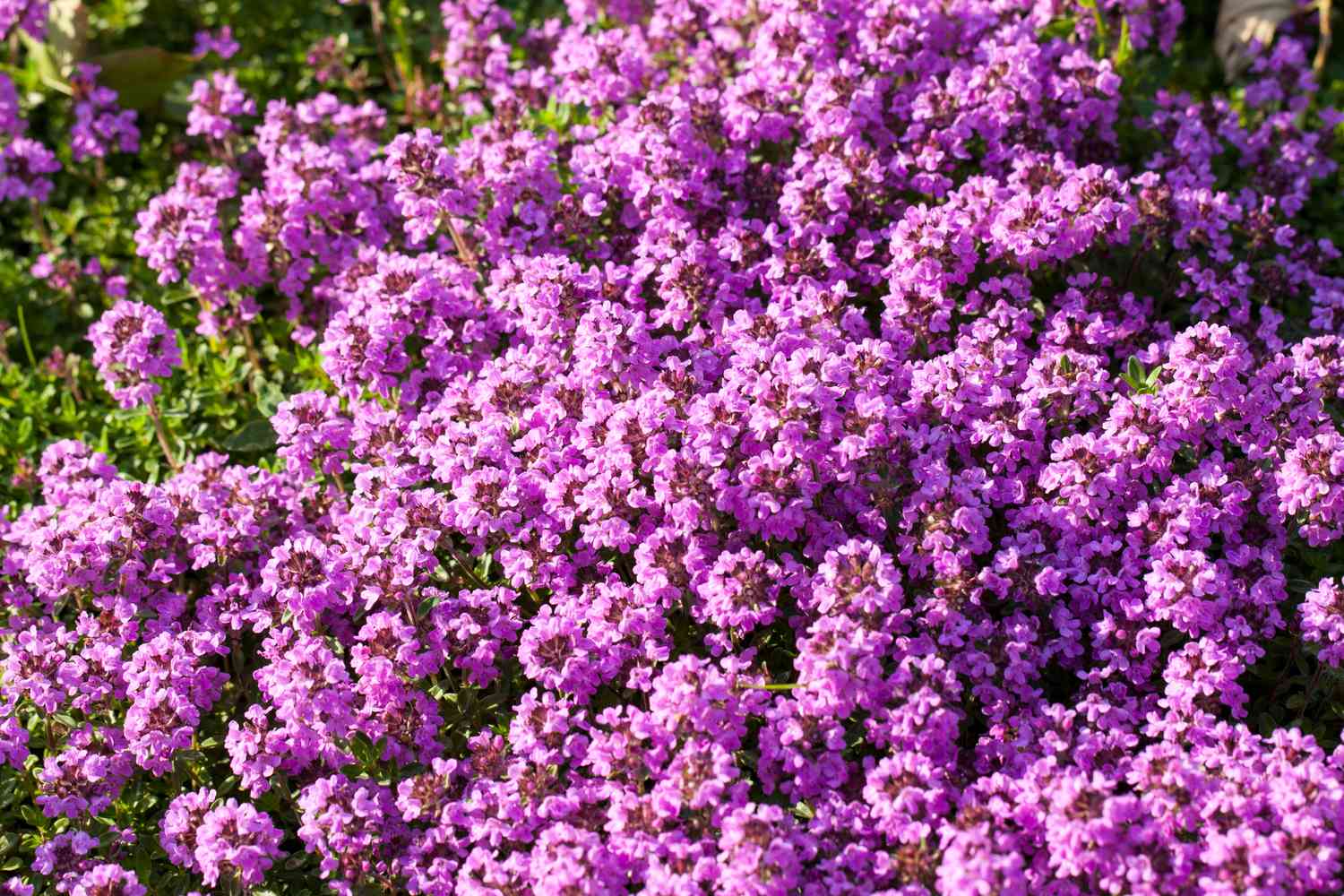
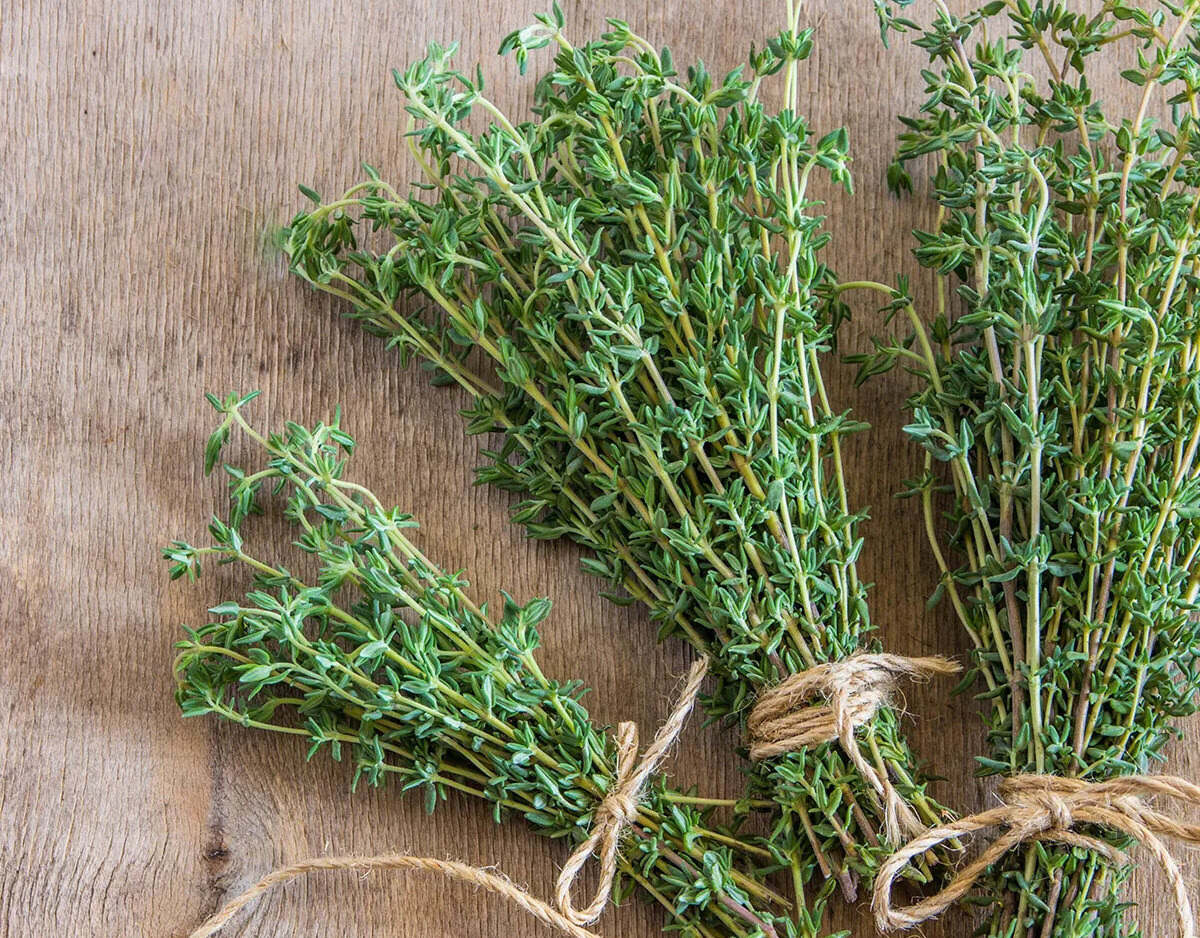
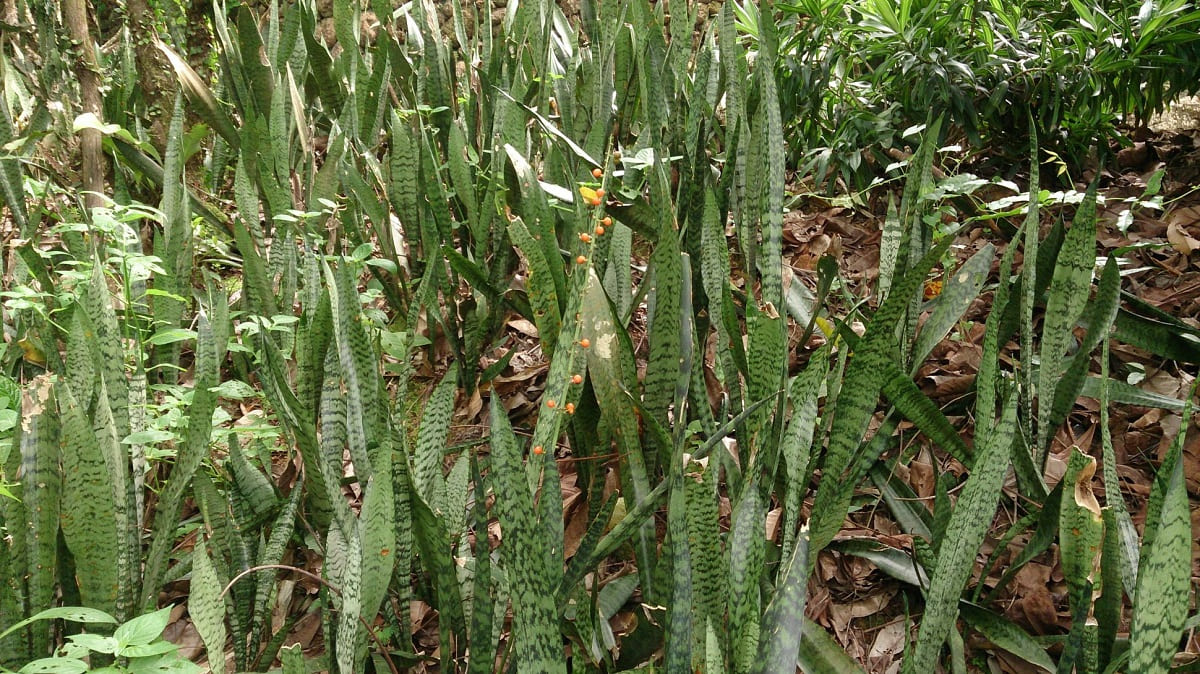
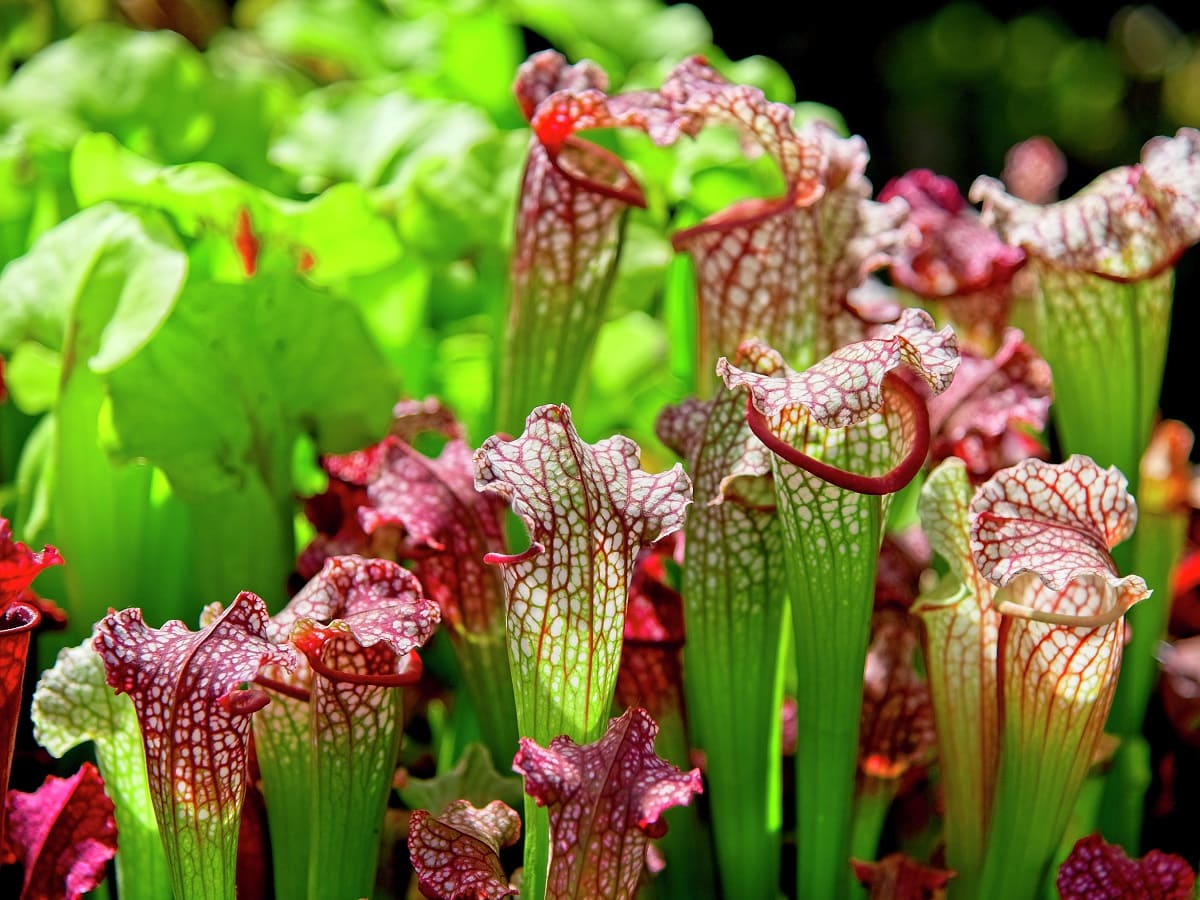
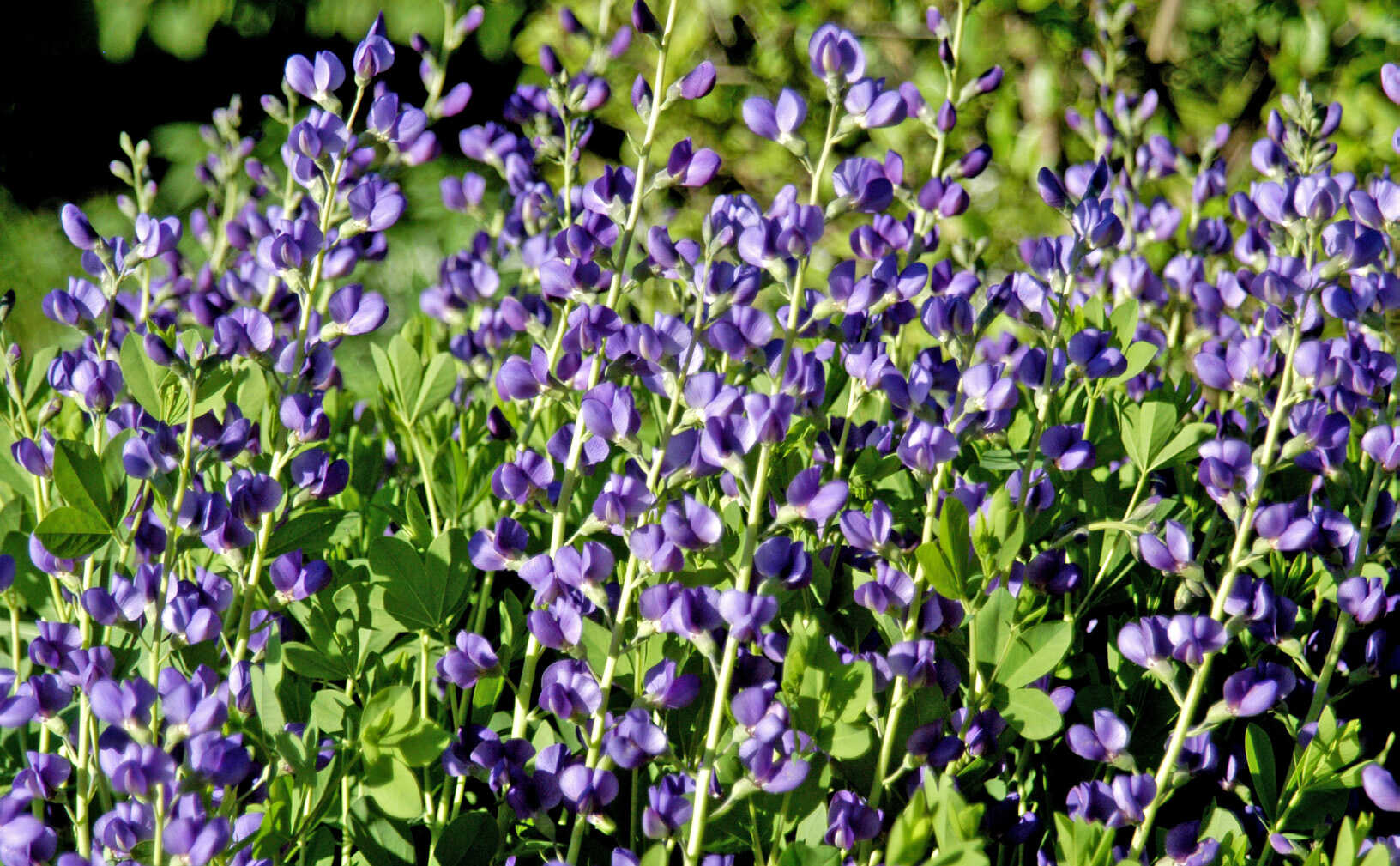
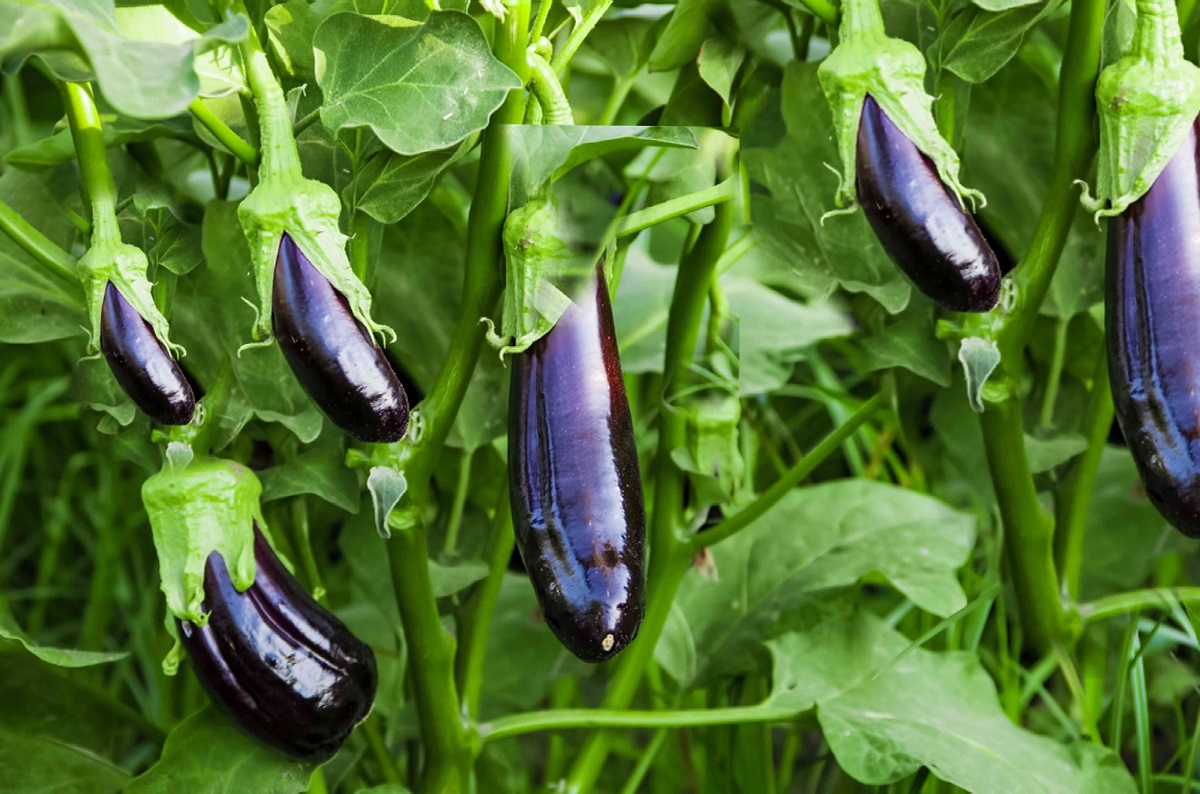

0 thoughts on “Where Is Red Creeping Thyme Native To?”